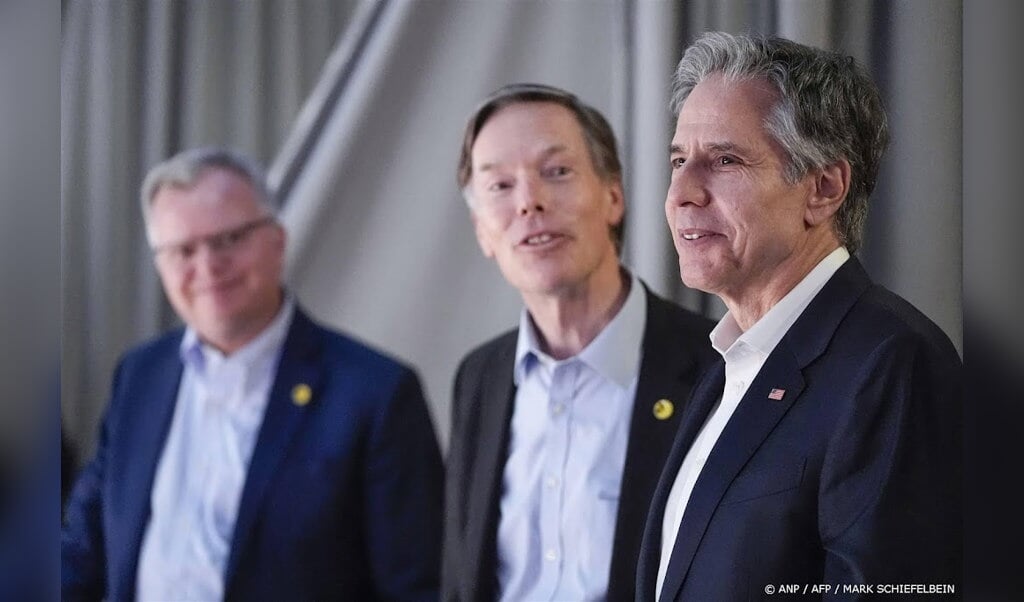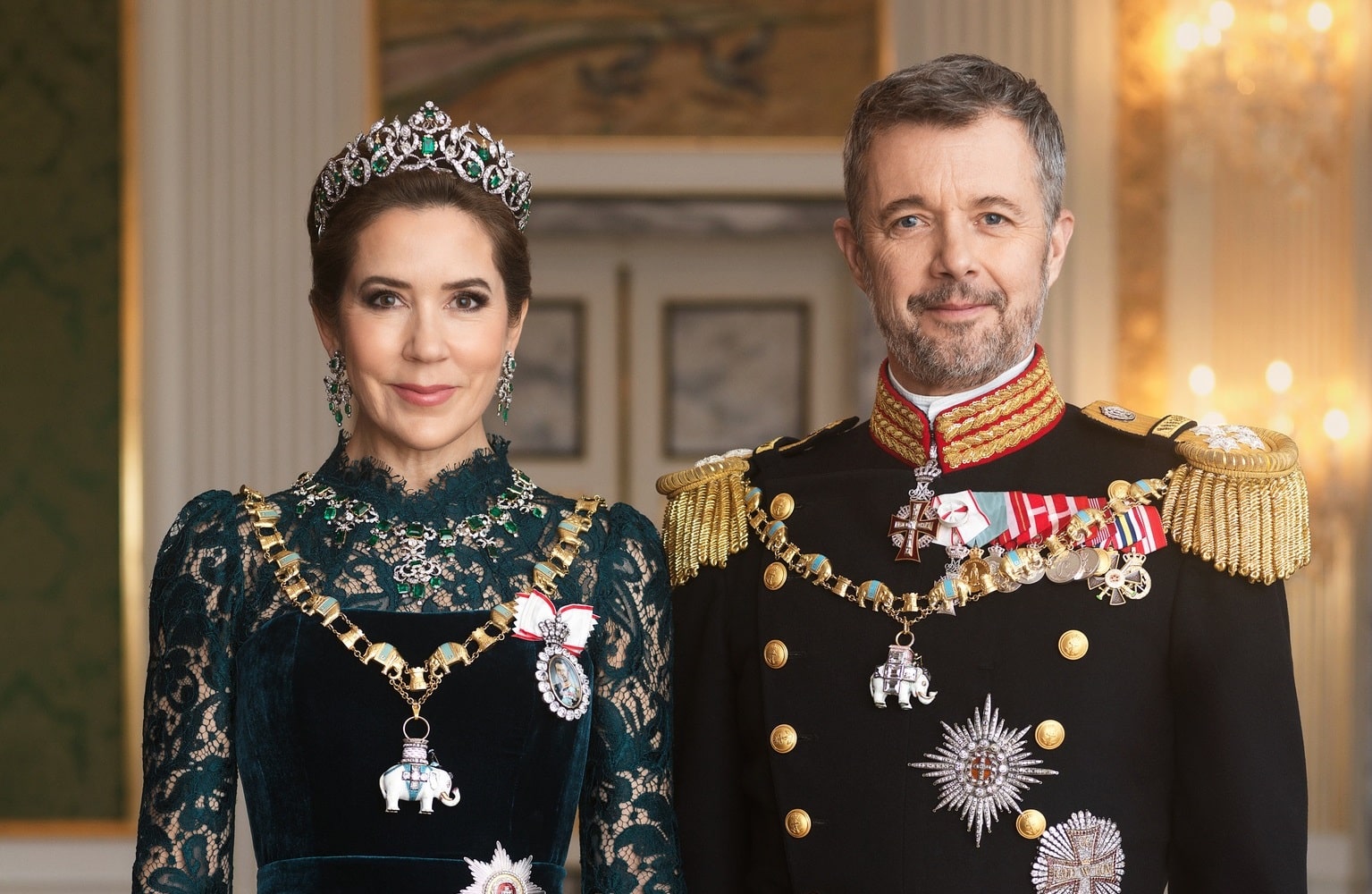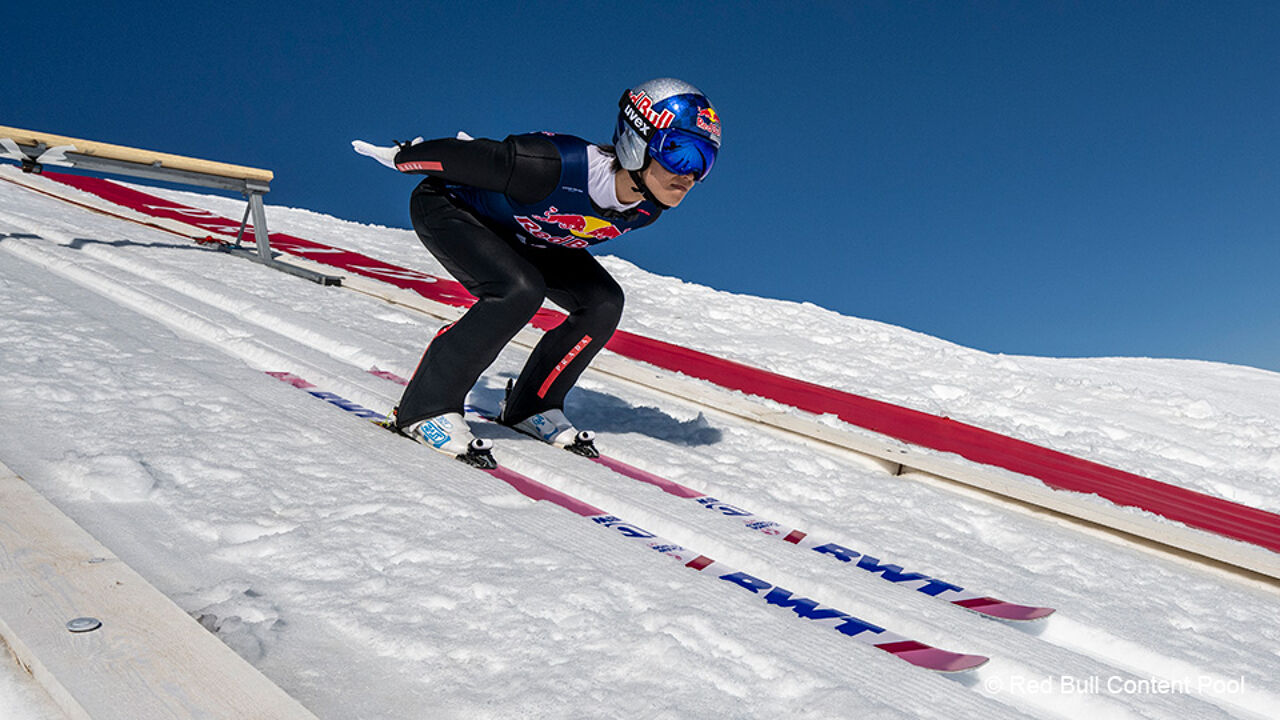It doesn’t cure, but a watchful waiting policy is a serious option for frail older adults with basal cell carcinoma, says dermatologist Satish Lubeck (Radbodomic). He based this position on his experiences with purposeful counseling with the target group and the results of a group study among 89 patients.
Overtreatment of patients with basal cell carcinoma has been a topic that Lubeck has occupied for some time. It is the most common type of cancer in our country and most often affects the elderly. “It’s a type of skin cancer that grows very slowly in most cases and has a very low risk of metastases,” he says. “We know about some forms of prostate cancer that more men die from it, and I think this may also apply to older people with basal cell carcinoma. We know from data from the Dutch Cancer Registry that the survival rate is 5 and 10 years. years is 100%.”
The fact that basal cell carcinoma usually produces few complaints in the first few years can be a good reason to sometimes adopt a wait and watch policy. However, Lübeck saw that in most cases patients were treated immediately after the diagnosis was made. He thought that sometimes it seemed like overtreatment, and he wanted to investigate if that could be changed.
Target working hours
Under the name Better Affordable, Radboudumc has a multi-year quality alliance with health insurance company VGZ, to work together on Sense Care alliances that make healthcare better and cheaper. This provided Lübeck the opportunity to set up an Geriatric Dermatology and Oncology Consulting Hour in 2018 as a support project.
“The idea behind this consultation was to get a better understanding of what is needed to provide the best care for frail elderly people with basal cell carcinoma and what the knowledge gaps are,” he says. “More time for consultation and multidisciplinary collaboration played a key role in this consultation hour. The consultation had been around for one year and provided a lot of knowledge and experience. It turns out that it is quite possible to reach a balanced decision in consultation with the patient about the best course of action after diagnosis. The year we’ve already seen a reduction in the number of operations, without this leading to problems for the patients involved. Important knowledge, because we know that treatment sometimes causes more problems than it solves. The relatively favorable aspect of basal cell carcinoma is, of course, that it is easily detectable because it manifests itself on the skin. This also makes it easier to sue.”
Recommendations and group study
We are now a few more years. Lubeck combined his findings into a guide with recommendations for fellow dermatologists who wish to decide with the patient about treatment or active observation on the same basis. A ‘Research Letter’ on this topic has also been published.1 In addition, the results of the observational cohort study will be published in 20212 In 89 patients with basal cell carcinomas, they chose active surveillance. It concludes that active observation may be an appropriate choice, especially for patients with asymptomatic nodular or superficial basal cell carcinoma when the patient’s life expectancy is limited.
“I’ve noticed that these findings have increasingly led to a discussion among dermatologists about reasonable procedures,” Lubeck says. “We are also seeing now that hospitals are starting to screen frail elderly more widely through vulnerability screening, often considering whether active observation is the most appropriate option for a patient. Therefore, more attention is being paid to individual patient characteristics. And that is a good thing. Because one 80-year-old patient is not like another. We are now trying to reach a national consensus with a multidisciplinary working group on the issue of which patients it is important to focus on weaknesses. In this way, we want to be able to predict in more detail which group of patients will benefit from treatment or from active observation”.
do and don’t
In the healthcare sector, there has been a long-running debate about whether medical treatment should be continued until the end of life. “You can really see a shift in that,” Lubeck says, “on a full scale, certainly not just in relation to skin cancer. The point is that you have to consider the whole patient, not just that treatable complaint.”
This requires a change of culture, he says. “As a doctor, it’s easier to choose to do something than not to do it,” he says. “We are also trained to act and the system is geared towards that as well. This is changing now, but this process takes time. From that consultation we learned that a patient likes to know that they have several options and that not treatment can also be a serious option. Of course there are still patients They say: ‘You are the doctor, so you say it.’ But many patients seem to be quite capable of making their own decisions. We see people who develop skin cancer dozens of times, especially those with basal cell carcinoma. Especially if this does not cause any complaints and manifests itself outside the face, on the For example, it often happens that the patient actually says: “Do you have to do it again, doctor, surgery?” Of course you have to give a good explanation about the fact that it grows very slowly and does not kill the patient, besides, it can still be removed If active observation shows that it is indeed growing. It is important to include all relevant patient and tumor characteristics. There is a big difference whether it is basal cell carcinoma, for example, on the back or eyelid of course. It is important to consider the ‘time to benefit’, the time it takes for treatment To provide great benefit to the patient “.
Consult with other professionals
The collaboration of a dermatologist with other medical specialties can be very valuable in arriving at a balanced advice to the patient about whether or not to treat. “There are definitely instances where I talk to my GP, geriatrician, or geriatrician,” Lubeck says. “The GP knows the patient well and can therefore think with me about whether or not the treatment is appropriate. In such communication, I sometimes hear that the patient himself thinks his life expectancy is too short, but the GP says, ‘Oh no, what This is still going well.” Or vice versa, that the patient himself does not mention a health complaint that may influence the decision, but the doctor does. In addition, there are cases in which a person’s cognitive abilities decrease, for example with the onset of dementia, and the question arises to How well a person is still mentally competent. It’s often hard for me to estimate and then I definitely think it’s important to involve the GP or the family as well.”
In addition to good conversation, it is important to make written information available to the patient. “I always put a summary of the conversation on paper for the patient,” Lubeck says. I also provide an info file. Sometimes the patient records the conversation, and this is also possible. And if the situation is more complicated, I suggest that you give time to think. Then I will call or book a follow-up consultation.”
good conversation
Lubeck has never experienced any patient who needs a “second opinion” in order to make a decision. “It’s about honestly putting all the options on the table, as well as your own uncertainties and limitations,” he says. Then it is always possible to have a good objective discussion with the patient. Sometimes it happens that I refer a patient from another hospital where, for example, the advice was the treatment but the patient does not want that.”
His views on the possibilities of teleconsulting are mixed. “Anyway, in my opinion, doing physical exams doesn’t work well with pictures,” he says. “In this case, I cannot properly assess the tumor, but sometimes I also miss important non-verbal information from the patient, for example. Moreover, teleconsultation can have limitations if the person has a hearing loss or poor vision. I would also like to see the patient walk from the waiting room to my consultation room. After all, the decision to offer treatment as advice to frail elderly is complex. To do this, I want to see for myself how the patient is doing. But follow-up conversations do not necessarily have to take place Live. So I definitely see scope for remote consulting, also in my field.”
references
- Van Wenden M, Klosters F, Hammer M et al. Improving shared decision-making among older adults with basal cell carcinoma: experiences from a specialist outpatient clinic. British Journal of Dermatology (2021) doi: 10.1111/bjd.20833.
- Van Wenden M, Hetterschijdt C, Bronkhorst E et al. Assessment of watchful waiting and tumor behavior in patients with basal cell carcinoma. An observational cohort study of 280 basal cell carcinomas in 89 patients. JAMA Dermatology was published online September 8, 2021. Doi 10.1001 / jamadermatol.2021.3020.

“Total coffee specialist. Hardcore reader. Incurable music scholar. Web guru. Freelance troublemaker. Problem solver. Travel trailblazer.”







More Stories
Astronomers have discovered a new molecule in space. And it's very special
Will it soon be possible to freeze humans and then thaw them again?
Do you also find it difficult to eat more fruits and vegetables? A little scrolling through social media can help